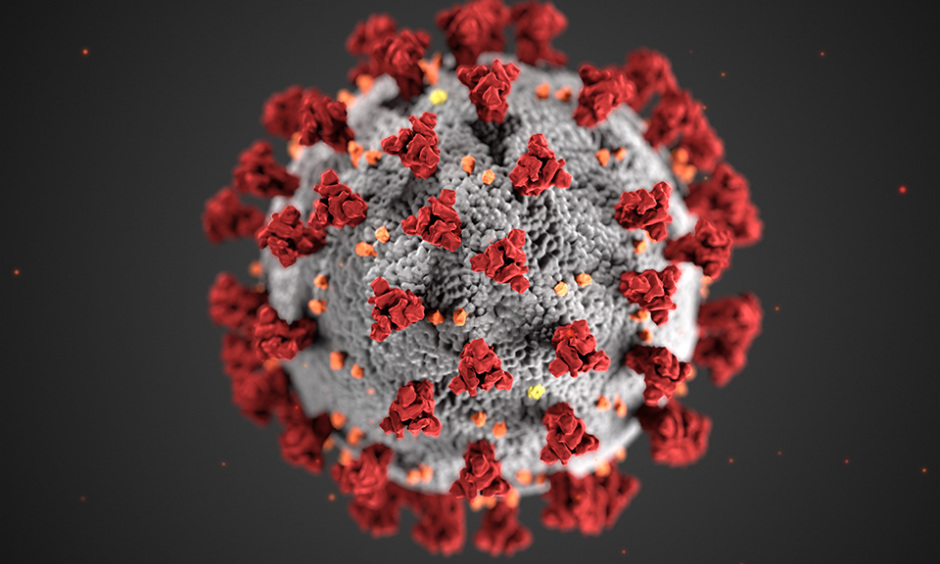As we know, wildfires can strike at any moment throughout the year given the right conditions. It is critical to have a game plan before and while a wildfire impacts your community. Due to the ongoing pandemic, additional considerations are needed to ensure a complete game plan. Following local and health professional guidelines while understanding wildfire and COVID-19 in your community are great ways to prepare.
Protect Yourself and Your Community
People are responsible for preventing wildfires. Humans cause wildfires the most. Whether they are burning debris piles, mowing the lawn, tossing cigarettes, leaving campfires unattended, or purposefully setting fires. There are many ways to help prevent wildfires including:
- Use equipment responsibly only when weather conditions permit. Lawn mowers, chain saws, tractors, and trimmers can all spark a wildfire.
- Don’t drive your vehicle onto dry grass or brush.
- Make sure that outdoor fires are fully extinguished before leaving the area.
- Store combustible or flammable materials in approved safety containers away from the house.
The COVID-19 pandemic continues to pose a serious public health risk. For more information and to find up-to-date information on cases in your area, visit the CDC website. A few basic guidelines regarding the pandemic include:
- Cover your mouth and nose with a cloth face mask when in public.
- Practice safe distancing by keeping 6 feet between yourself and others.
- Avoid close contact with people who do not share your home.
- Wash your hands often with soap and water for at least 20 seconds.
- Clean and disinfect surfaces and items, including tables, doorknobs, light switches, countertops, etc. that are used daily.
- If you are at higher risk for serious COVID-19 illness, continue to avoid all non-essential travel and gatherings.
Note: Per the CDC, it is ok to go outside to exercise, walk pets, visit medical professionals, and leave during an emergency.

The proper way to wear a mask in public. Source: CDC
Prepare Your Home
Preparing your home for a wildfire is a productive way to spend time during a COVID-19 stay-at-home order. First, understand your home’s wildfire risk by researching state and local emergency management resources. There are also individual ways to manage wildfire risk:
- Choose fire-resistant building materials and limit the amount of flammable vegetation close to your home. Try to reduce the possibility of ember ignitions and fire spread by trimming branches that overhang near your home, porch, or deck. Remove plants containing resins, oils, and waxes. Remove dead vegetation and debris from under decks and porches.
- Choose high-rate roofing products such as composite shingles, metal, concrete, and clay tiles, that offer the best protection. Roof and attic vents should be screened to prevent ember entry. Embers can collect in small nooks and crannies and ignite combustible materials; radiant heat from flames can crack windows. Use fire resistant siding such as brick, fiber-cement, plaster, or stucco, and use dual-pane tempered glass windows.
- Ensure your home and neighborhood has legible and clearly marked street names. Join efforts with your community and local fire department to help ongoing efforts to mitigate wildfire spread.
Make A Plan
Gather basic supplies that meet your needs during this pandemic and wildfire season. While ordering groceries and essentials from home may be the safest option, it is not feasible for everyone. Get your shopping done following CDC guidelines, wearing a mask and distancing from others. Create a stay-at-home kit for 2 weeks of emergency supplies that includes food, water, cleaning and disinfectant supplies, soap, paper products and personal hygiene items. For wildfire, create an evacuation kit, 3 days of supplies in a bag to go. This will include everything, should you need to evacuate and be on your own. Prepare as if you cannot return to your home. Plan to grab prescription medications, important documents, and other items you may need should you evacuate.
Make an evacuation plan. Figure out the best way your family can transit away from your home. Ask friends and family outside your area if you would be able to stay with them. If they have people in their home at higher risk for serious COVID-19 illness, consider other arrangements. Check with hotels, motels, and campgrounds to see if they are open. Find out what sheltering resources are available from local emergency management officials, and if sheltering plans have new requirements because of COVID-19. Take additional preparations if you have pets.
Finally, follow local resources and alerting systems to ensure you have the most up-to-date information on fires and evacuations. Prepare most when fire weather conditions are forecast, such as a Fire Weather Watch or Red Flag Warning.
Understand Potential Health Impacts of Wildfire Smoke and COVID-19
Wildfire smoke contains air pollutants that are harmful to human health. Enough exposure can irritate the lungs, cause inflammation, alter immune function, and increase susceptibility to respiratory infections, like COVID-19.
Recent research suggests that air pollutant exposure worsens COVID-19 symptoms and outcomes. Wildfire smoke can make anybody sick, but people recovering from COVID-19, people with chronic conditions, children, and pregnant women are especially at risk of severe illness. Individuals with or recovering from COVID-19 may be at increased risk of health effects from exposure to wildfire smoke due to compromised heart and lung function.
Wildfires can explode in a matter of minutes, causing you to make quick decisions. Being prepared is the best way to be ready for these situations, especially amid a pandemic.
For additional information on wildfire preparation during COVID-19, click here.

Wildfire smoke can irritate your lungs, cause inflammation, affect your immune system, and make you more prone to lung infections, including SARS-CoV-2, the virus that cause COVID-19. Source: CDC




